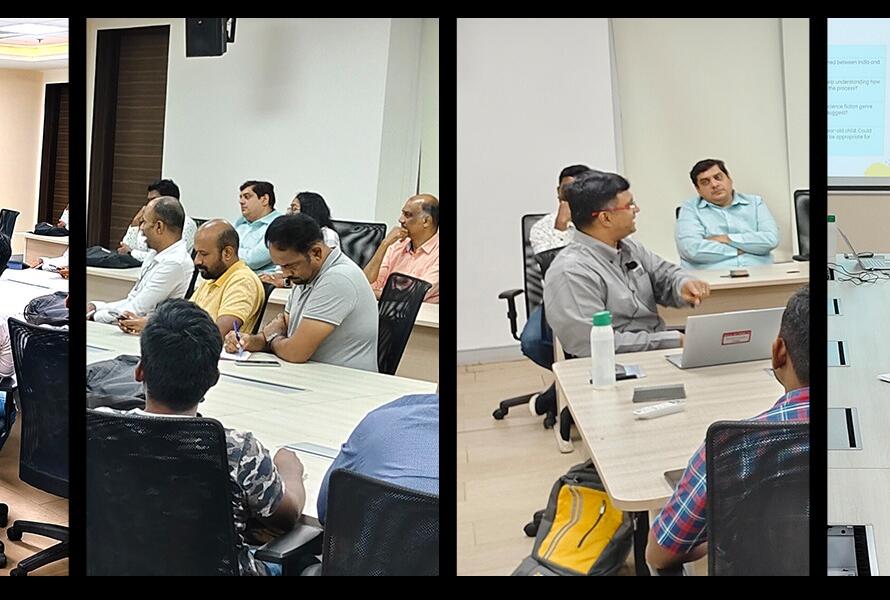Foundation models like Large Language Models (LLMs) and Generative Pre-trained Transformers (GPTs) have revolutionized the way we interact with technology. These models, capable of understanding and generating human-like text, have become the cornerstone of many advanced AI applications. However, the development and deployment of these models are increasingly becoming the domain of only a few tech giants like Google, Microsoft, and OpenAI. This consolidation raises important questions about the future of AI development and the role of smaller players in the ecosystem.
Why Big Companies Dominate Foundation Models
The creation of foundation models such as GPT-3 and GPT-4 involves a massive amount of computational power, data, and financial resources. Training these models often requires supercomputers running for weeks, if not months, alongside access to large-scale datasets that are not easily attainable. As these models evolve, we’re not just talking about billions of parameters anymore; we’re looking at trillions. For instance, the upcoming GPT-5 is expected to have even more parameters, further pushing the boundaries of what is computationally possible.
For startups and smaller companies, the barriers to entry in developing their own foundation models are steep. The cost of the necessary hardware, cloud computing resources, and data acquisition is astronomical. Without the financial muscle and infrastructure of tech giants, it’s nearly impossible to train and deploy models of this scale. The result is a monopolistic landscape where only a handful of companies can afford to push the boundaries of what foundation models can do.
The Challenge of Scaling Foundation Models
Scaling these models isn’t just a matter of adding more parameters; it involves complex optimizations in architecture, training procedures, and deployment strategies. As we move towards even larger models like GPT-5, the requirements for computational power and data are only going to grow. The current trajectory suggests that only companies with deep pockets and extensive R&D capabilities will be able to keep up with this pace.
For most startups, the idea of developing a foundation model from scratch is not just challenging—it’s nearly impossible under the current paradigm. Unless a breakthrough occurs that allows these models to be trained with significantly less compute power, the development of foundation models will remain the playground of tech giants.
The Opportunity for Startups: Customizing Open-Source Models
While building a new foundation model may be out of reach for most startups, there is still a valuable opportunity in the AI landscape: leveraging and customizing existing open-source models. Meta’s LLaMA (Large Language Model Meta AI) and other open-source models offer a viable path for smaller companies to innovate without having to build their own models from the ground up.
The strategy here is to use these open-source foundation models as a starting point and then fine-tune them for specific applications and datasets. This approach allows startups to create highly specialized models tailored to their unique use cases without the enormous costs associated with developing a new foundation model. By focusing on niche markets and specialized applications, startups can carve out a space for themselves in the AI ecosystem.
For example, a healthcare startup can take an open-source model and fine-tune it on medical literature to create a system that excels in diagnosing diseases or recommending treatments. Similarly, a financial services company can customize a model to analyze market trends or provide personalized investment advice. In these scenarios, the value lies in the fine-tuning and customization process rather than in developing a new foundation model from scratch.
The Path Forward: Collaboration Over Competition
The current landscape suggests that the future of foundation models will be dominated by a few big companies. However, this doesn’t mean that startups and smaller companies are left out in the cold. Instead of competing directly with tech giants in building foundation models, startups can focus on creating innovative solutions on top of these models. By leveraging open-source models and refining them for specific use cases, smaller companies can still play a vital role in the AI ecosystem.
This dynamic creates an opportunity for collaboration between big tech and startups. Tech giants will continue to provide the backbone of AI with their massive foundation models, while startups can act as specialists, fine-tuning these models for various industries and applications. This collaborative approach allows for a diverse AI landscape where different players can contribute to advancing the field in their own ways.
Foundation models are likely to remain the domain of big companies like Google, Microsoft, and OpenAI due to the immense computational and financial resources required. However, this doesn’t mean that startups have no role in the AI future. By leveraging open-source models like Meta’s LLaMA and focusing on fine-tuning and customization, smaller companies can still innovate and provide valuable, specialized AI solutions.
In this evolving landscape, the key for startups will be to use the tools available to them creatively, adding value where it matters most. While the giants build the foundation, the opportunity for startups lies in building the specialized structures that sit on top, serving unique needs and markets. In this way, the AI ecosystem can remain vibrant and diverse, with room for players of all sizes to contribute to the ongoing technological revolution.
For startups seeking AI consulting or workshops, please reach out to us at https://thefoundercatalyst.com/contact/


